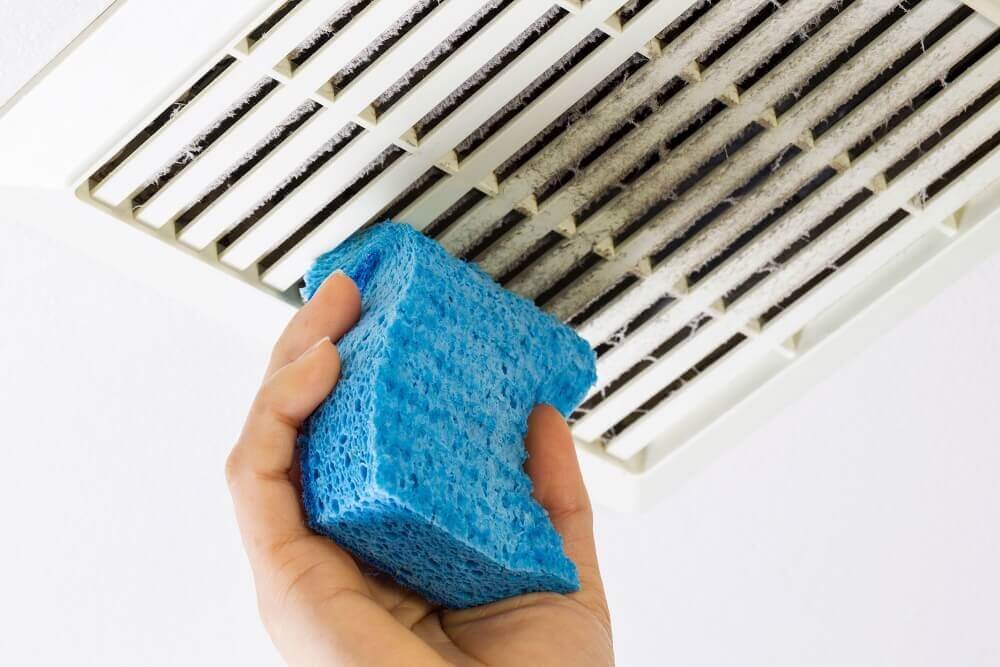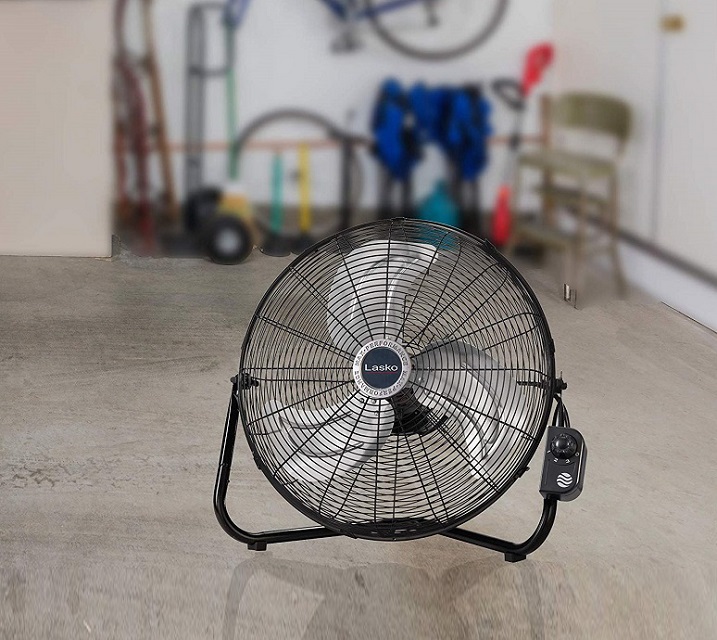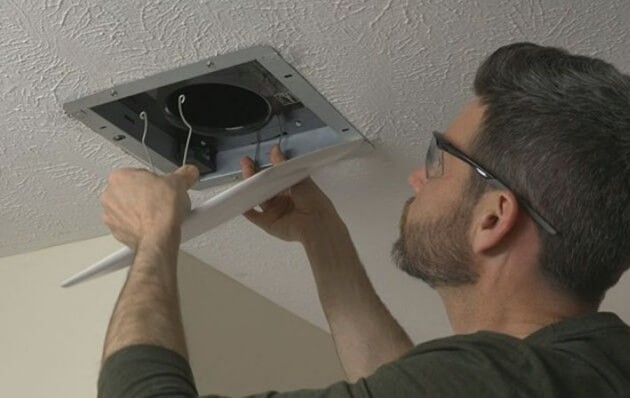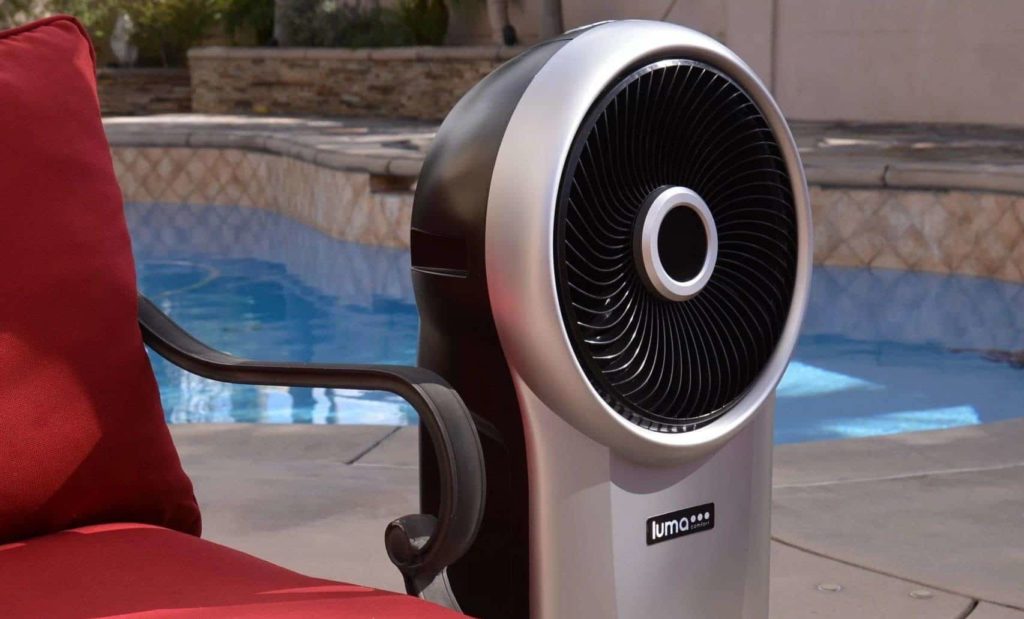

Do you worry about moisture and pests escaping into your crawl space? Chances are that you’ve never thought about it and how much damage these elements can do to your property. For years, there have been a lot of arguments surrounding crawl space ventilation. While some builders support it, others kick against the inclusion of vent due to the risk it holds.
If you aren’t sure about what crawl space ventilation can do to your property, you’re in the right place. This guide dives straight into the benefit of crawl space vents before delivering our verdict on if crawl space vents should be an option or not.
The choice of ventilation in crawl spaces has raised a lot of arguments. For those against it, the argument is that sealed crawl space ventilation will prevent termites, insects, and moisture from creeping into the building. However, on the flip side, many people argue that there are ways to avoid moisture and all these factors in the building when the crawl space is not sealed.
If you are team “add vents” to a crawl space, you will be itching to find out if it’s a good decision and the likely benefits you stand to gain by doing this. Well, to your credit, there are a lot of reasons why crawl space ventilation is a must, and we’ve mentioned them here.
There’s an overall improvement in the ventilation of a house when the crawl space isn’t sealed off. The air from the crawl space vent cycles around the house and might save you from spending on artificial cooling sources.
Also, more circulation minimizes the buildup of mold. As you know, these entities love to feature in areas with low humidity. Ventilation will help protect wooden structures. You will also notice that in homes where the crawl space isn’t sealed off, the floor gets warm during cold days due to proper insulation.
The sturdy build of a home rests on a lot of factors. The more fixtures installed, the more often maintenance needs to be carried out. To preserve the structure of your house, you need to keep moisture and termites at bay.
If your crawl space is sealed off, how will you know when this entities buildup. Crawl space ventilation allows you to carry out seasonal inspections and leaves room for remodeling to ensure the structure of your house is still solid.
Lastly, to stand any of these benefits, you need to know how to vent a crawl space properly, and it starts by understanding the requirements that govern this activity.
Whether you’re building a new property or want to add vents to your crawl space, you should know that you can’t just jump right into it. There is a certain crawl space ventilation code stated in section 408 of the IRC prescription.
A few takeaways from the page suggest that where crawl space exists, the minimum area of ventilation allowed is 1 square foot for every 150 square feet of space. However, it can only be less if a Class 1 vapor barrier material covers the under-floor area.
How does this apply to your property? This means if you have a 30-feet-by-20-feet foundation area (600 square feet), you will need to install vents that amount to 4 square feet. Still, if by any chance a vapor barrier material is installed on that area, you will need less vent space, and for a property that is 600 square feet, a vent might not be needed.
The only reason a vent is needed in a property covered by Vapor barrier material is when the area is 1,500 square feet or above.
Also, there’s a rule governing how these crawl space ventilation systems should be constructed depending on the type of material used. If you are using an expanded or perforated metal sheet, the thickness of the materials should not be lower than 0.047 inches and 0.070 inches, respectively.
However, for hardware clothes, the thickness shouldn’t be less than 0.035 inches and 1/8 inches thick for corrosion-resistant metals. Other items that can be used for encapsulation include cast iron and extruded bricks.
Vent type installed in grounds with vapor barrier materials must be movable to keep off moisture and other elements.
Most old houses built years ago have a basement. Crawl spaces might not serve the same purpose as a basement, but it’s a cheaper option for leaving a decent amount of space off the ground.
Lack of maintenance will cause the crawl space to degrade over time. Moisture, fungi, and pests are the biggest threat to a crawl space, but the presence of vents allows a frequent inspection to eliminate all these elements.
There are several methods used in introducing ventilation to a crawl space, and they include
This is the easiest way of introducing ventilation to your crawl space. We kick against it if you stay in a humid environment. However, if you don’t, using this technique will allow you to introduce warm air into the areas.
The crawl space is protected in a process called encapsulation, and it’s possible to introduce warmth into that enclosed space by injecting air from your HAVC system. This air will help dry out the moisture leaving little room for the buildup of fungi and mold
The most common question people ask about proper crawl space ventilation is that “do crawl space ventilation fans work?” Yes, they do. This is the best way to extract air from the outside. This is achieved by installing house or attic fans around the encapsulated area to help you push out humidity out of the area. It’s important to maintain the recommended level of humidity prescribed by the IRC in your home, and this is the best way to go about it.

Before a crawl space dehumidifier is installed, ensure the space is encapsulated. Then measure the crawl space temperature and set your humidifier to balance the temperature up. Getting the humidity out will keep the atmosphere in a stable condition to minimize insect or termite attacks.
Humidifiers are more expensive than fans, but they’re more effective than all other options mentioned earlier.
Whether a crawl space is sealed off or not, moisture is one element that will always be a problem for the homeowner to tackle. Of course, adding a vent will leave the space open, which will introduce more moisture.
But the good thing about this is that you will be able to control these elements as there is enough room for you to nick them in the bud and get rid of them immediately. On the other hand, when you seal off the crawl space, there’s no 100% guarantee that moisture won’t still sip in. And when it does, you have little control when it comes to extraction.
Should you vent your crawl space? Of course, you should, especially if you have an HVAC system, humidifier, or fans that can help you balance up the level of humidity in there. However, it isn’t a must if your under-floor area is less than 1,500 square feet and has vapor barrier materials installed.
Keeping your crawl space vented is equally as important as keeping other elements around the house in good condition. Poor crawl space ventilation results in moisture which weakens wood, brick walls, and the house aesthetic in general. It’s important to add a vent when designing your house to save you from additional costs in the long run.
It’s easy to control infestation in a vented area. There’s no guarantee that scary elements such as good, termites, and other pests won’t escape into a sealed crawl space. And when that happens, there’s no room to get rid of it.
You will be glad to know that crawl space venting isn’t expensive, and it will do a whole lot of good in the long run. If dehumidifiers are expensive, you can start with crawl space ventilator fans.





